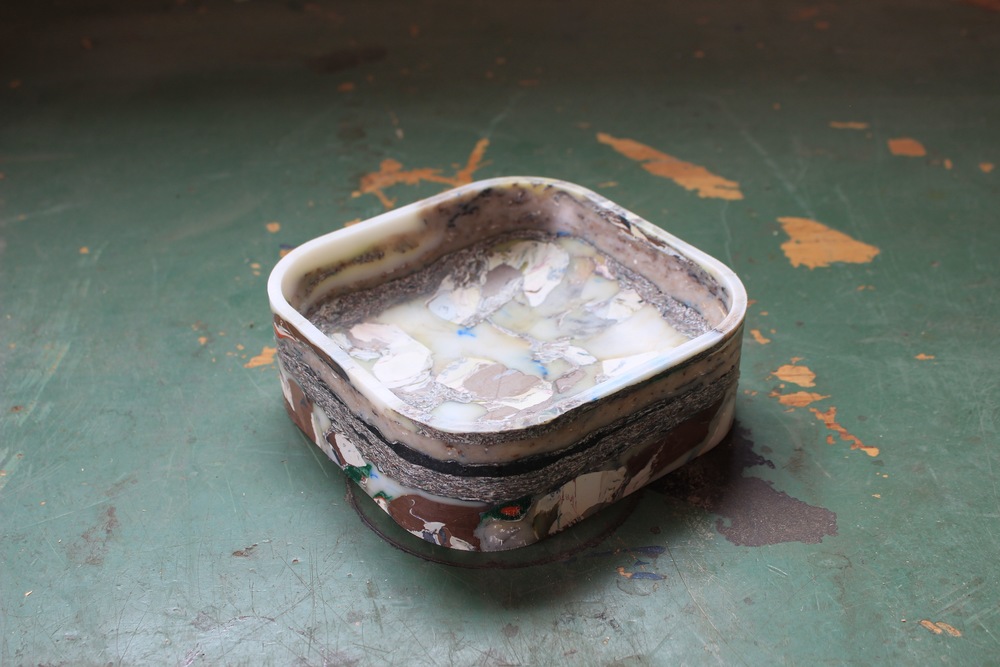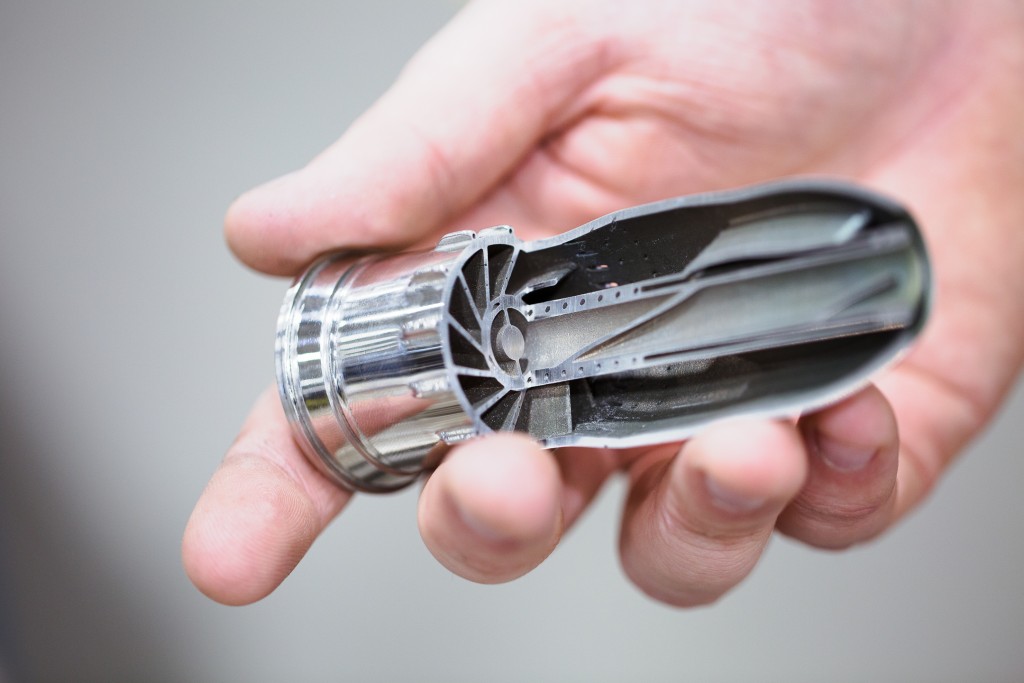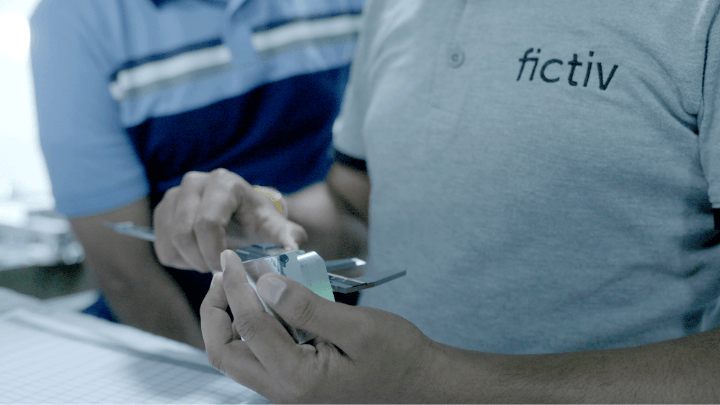Time to read: 2 min
The week’s top hardware news.
April 8th, 2016
Products
A Modular Sofa
An Italian architect has created the first Internet of Things Sofa. The sofa consists of a system of modular seats than can be adjusted via an app or with hand gestures. The versatile modules talk to each other and can be adjusted to form various shapes.
Müll on This
A Utah-based industrial designer has developed Müll, a new material from discarded plastic bags. Only 5% of plastic bags are ever recycled so the benefits are considerable, however the project needs support to speed up the process which currently is quite time consuming.

Powered by Plants
Apparently the air we breathe indoors has 5X more pollutants than the outdoors, so a small Italian company developed Clairy, a “smart flowerpot” that works as a natural air purifier for homes.
Immersive Audio
After developing over nine generations of prototypes in 18 months, Ossic X headphones has pulled in a whopping $1.6 million on Kickstarter. The headphones use advanced 3D audio algorithms to create a tailor-made acoustic environment, supposedly recreating how we naturally hear audio in the real world.
Industry
Electric Imp Raises Series C
The London-based IoT platform developer that connects devices to the cloud recently closed $21 million in funding led by Rampart Capital and Redpoint Ventures.
A Center of Additive Technology in Pittsburgh
GE opened a new Center for Additive Technology Advancement (CATA) on Tuesday. The company wants to tap into the city now known for science, research and education. GE has invested almost $40 million into the new facility, placing a large bet that additive technologies will be part of the future of manufacturing.

A Playbook for IoT
Worth a read: An Insider’s Handbook for IoT Startups published this week on TechCrunch. One of the big takeaways from the piece was advice on manufacturing locally in the beginning + the innovator’s feature curve.
MIT Simultaneously Prints Solids and Liquids
Researchers at MIT’s computer science and artificial intelligence lab have developed a “printable hydraulics” method that can print complex shapes containing liquid.
To demonstrate this method, the team printed a robot that uses fluid pressure as a mechanical force allowing it to move.










